|
Science In The Wild There is no better way to learn about the natural world then to actually go out, get dirty, and explore! Today, all middle school students enjoyed a day of outdoor science learning in Makiki, where they investigated the impacts of climate change in our local environment. This field study was the mauka (mountain) component of our From Mauka to Makai: Understanding Climate Change Impacts in the Ahupua’a program, a partnership with the Hawai'i Nature Center. The program will also consist of classroom lessons, a makai (coastal) field study in February, and student conservation projects in the spring. The environmental educators at Hawai'i Nature Center will help us better understand place-based knowledge in our studies of climate change. Today's mauka investigation was an opportunity for students to explore nature and was a great start to this ambitious program! Oahu's Watershed When you turn on the tap or take a shower, have you thought about where your fresh water comes from? Here on Oahu, all of our water comes from underground sources that originated as rainwater in a process that can take up to 25 years. Our watersheds, areas of land enclosed by mountain ridges, are important because they catch and collect the rainfall to replenish groundwater. The boundaries of the watershed roughly correspond to ahupua'a, the native Hawaiian land division system from mountains to the sea. To begin the process, trade winds drive clouds, laden with evaporated seawater, inland over our island. Next, our mountain ranges, the Waianae and the Ko'olau, trap and force clouds to higher elevations, resulting in condensation and rainfall. A healthy watershed has a plant canopy with trees, shrubs, and ground cover. Together the vegetation in these different layers acts like a giant sponge, allowing water to drip slowly underground and into our streams. If the area is deforested, the rainwater will run off the surface and not seep underground. Finally, in a healthy watershed, this rainwater is filtered and stored underground thanks to the unique geology of the island. As rainwater slowly percolates into the earth, it is naturally filtered by our volcanic soil and stored by dike rock compartments, which overflow and fill the aquifer. Oahu’s aquifer is an underground, natural, freshwater reservoir from which the island's water is extracted for our many uses. Stream Assessment (and fishing!)
The 'O'opu One of the organisms we hoped to see in Makiki Stream was a fish endemic to Hawaiian waters, the ‘o‘opu stream goby. These fish evolved from saltwater goby ancestors. Although ‘o‘opu live in freshwater streams as adults, their fertilized eggs wash downstream, and young ‘o‘opu spend the first several months of their lives in the ocean before they make their way back upstream. Most of the ‘o‘opu species have a very cool adaptation in order to make this journey. Their pelvic fins fuse together to form a suction cup which helps them fasten to rocks, the stream bottom, and even to climb waterfalls. Makiki Stream does not flow uninterrupted down to the sea; it has been channelized and areas of it are diverted through underwater tunnels. These tunnels get incredibly hot and limit the movement of the young ‘o‘opu trying to make it back upstream from the sea. While some streams in Hawai'i have healthy populations of ‘o‘opu, the fish have not been found in Makiki Stream for many years. Climate Change
Climate change threatens local ecosystems already degraded by invasive plants and animals, excessive development, and pollution. We know that current climate change is mainly caused by humans burning fossil fuels. Global warming and sea level rise cause very challenging conditions for life on Earth, and islands, like Hawai'i, are particularly vulnerable. Yet there is good news: people can take action to limit global warming and mitigate its effects. Climate change will have some dire consequences here in Hawai'i. Scientists have predicted that, in addition to vast areas of flooding due to sea level rise, Hawai'i will most likely receive less rainfall in the future. Due to increased temperatures, the clouds will increase in elevation and might pass over our island's mountains instead of hitting them. Streams like Makiki will shrink over time. And if there is less rainfall, there is less freshwater to replenish our underground aquifer. We cannot let this happen. In follow-up classroom lessons, students will be investigating ways that they can make choices that help reduce global warming and conserve energy and water resources! |
AuthorThis blog contains occasional dispatches from my science classroom and professional learning experiences. Thank you for reading! Archives
December 2021
|
|
Cristina Veresan
Science Educator |
Proudly powered by Weebly
|
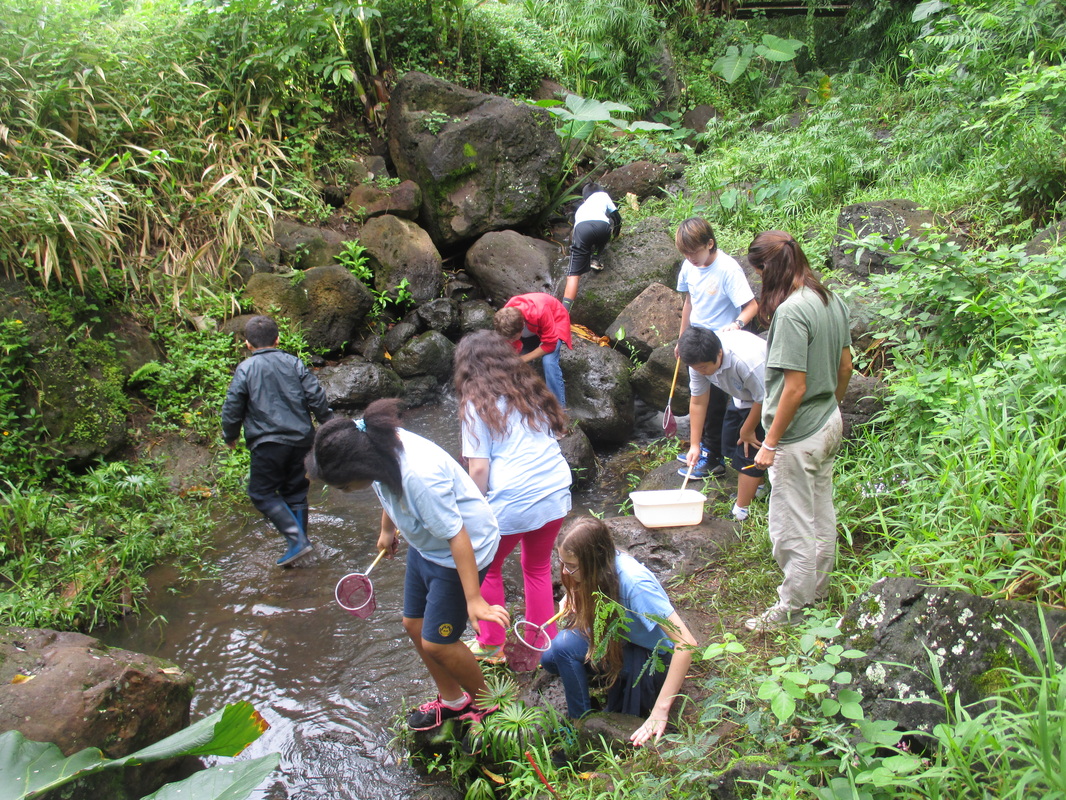
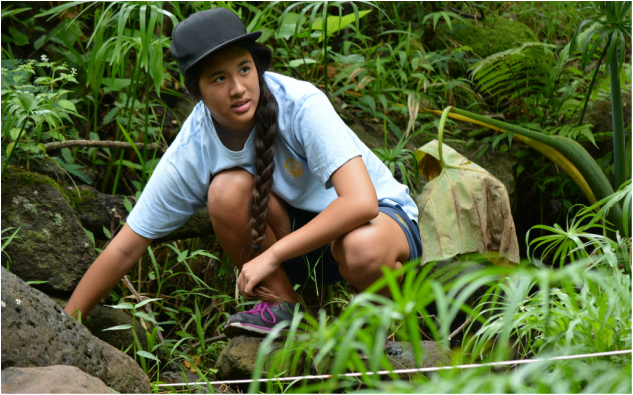
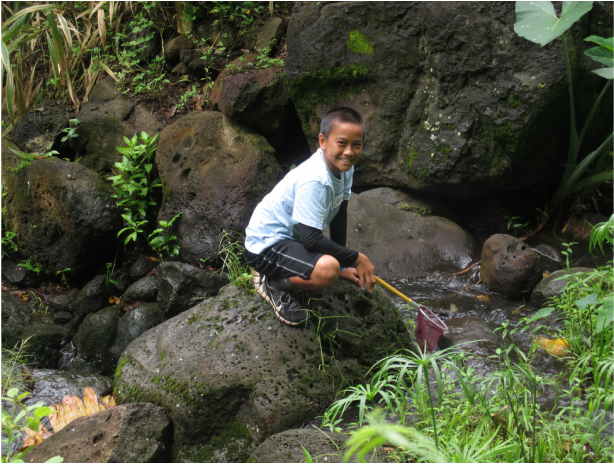
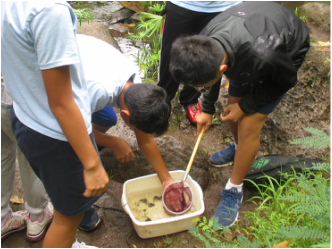
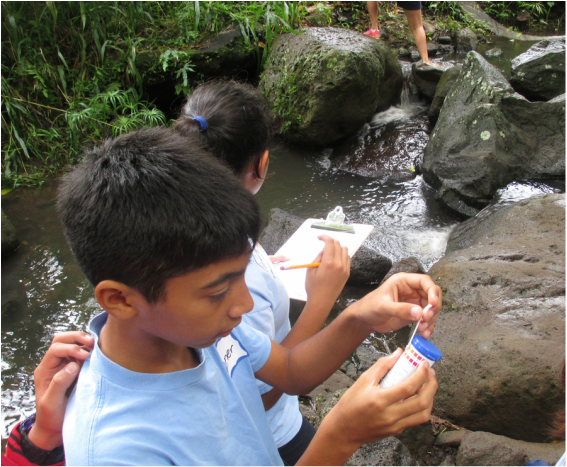
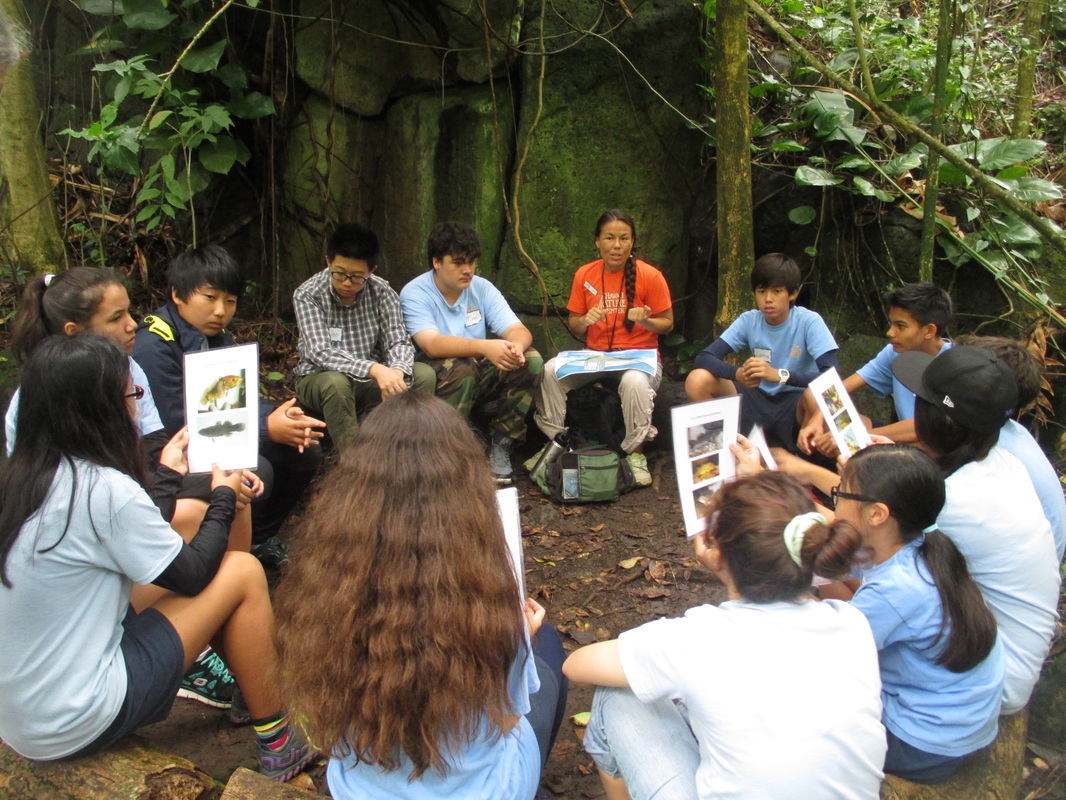
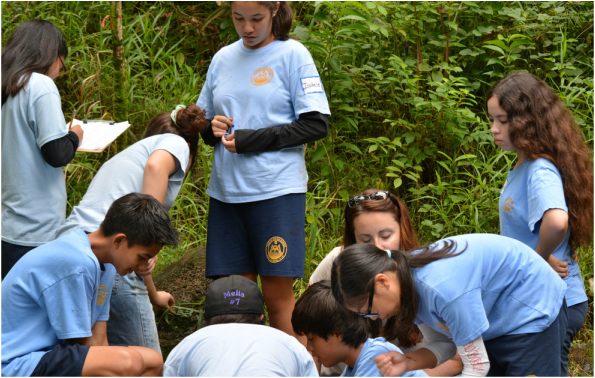

 RSS Feed
RSS Feed